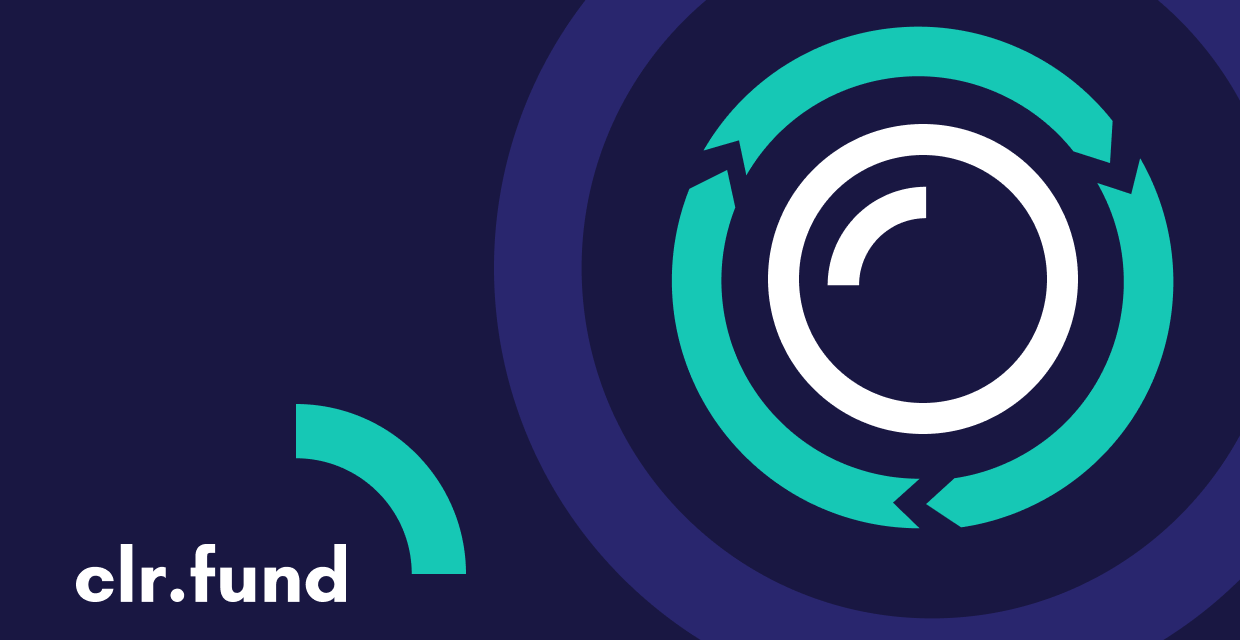The Quadratic Funding Flywheel
Why use QF over more traditional grant giving mechanisms? The answer, in short, is because it’s better -- it’s more efficient and more impactful -- for everyone involved. Quadratic Funding is a grant-giving flywheel.

I’m often asked why Quadratic Funding (QF)? What makes it special? Why use QF over more traditional grant giving mechanisms / organisations? The answer, in short, is because it’s better -- it’s more efficient and more impactful -- for everyone involved. Quadratic Funding is a grant-giving flywheel, where:
- The desired outcome, well allocated funding to public goods, is achieved more efficiently than the alternatives.
- Each participant incentivises further participation from their counterparts; where my contribution makes your contribution worth more, and vice versa.
In typical grant giving scenarios there are three primary participants: cause contributors, recipient contributors, and recipients.
Cause contributors are people and organisations who provide financial support to a cause or category of recipients to address a problem area that they want to solve. This could be entities like The Bill and Melinda Gates Foundation, The Ethereum Foundation, or the Cancer Research Foundation, solving for poverty, Ethereum public goods, and cancer research, respectively. Typically these people and organisations have a large amount of capital to deploy across a broad selection of potential recipients in hopes of impacting their mandate. A significant part of their function is filtering potential recipients, determining their eligibility and determining if and how much funding to be grant recipients, and in most cases this process is carried out by some grants committee or board. Essentially, a group of people who collectively decide who to fund and how much they get.
Recipient contributors are people and organisations who provide financial support to specific recipients that they value. This could be individuals like you or me that make small contributions to recipients we care about, or organisations that contribute to specific charities, projects, etc. for various reasons.
Recipients are people and organisations that receive grant funding and/or charitable contributions in order to advance their mission. This could include organisations like the Make-a-Wish Foundation, Rotki, or the ASPCA.
Let’s start by thinking about this from the point of view of a cause contributor. Say a large philanthropic donor who wants to contribute to cancer research. In order to effectively deploy their capital, they need to take in and review grant applications / eligible projects, decide which projects they would like to fund, and how to split the available funding between the chosen recipients. This can be an incredibly high-bandwidth and time-consuming task, usually involving a grant committee or board to make the decision.
In QF, by contrast, the cause contributor replaces the grants committee with the QF mechanism. Rather than having a grants committee decide how to allocate funds between recipients, the funds are contributed to a QF matching pool and allocated based on inputs from recipient contributors; people contributing to the projects they value (learn more about the specifics in this recent Gitcoin post). So the first major benefit for cause contributors is the elimination of overhead for deciding how to allocate a given pool of funds between eligible recipients. This is significant for any grant giving effort, but could be huge amounts of time, effort, and money saved in the case of larger grant giving organisations.
The second major benefit is that their contribution to the matching pool incentivises the recipient contributors. Because of the matching pool, someone wishing to contribute to a recipient will always have more impact on the recipient if they contribute to them via a QF round rather than directly. More concretely, let’s say you want to contribute $10 to a charity you love. If you give them $10 directly, they receive $10. But if you give them $10 via a QF round, they receive your $10 contribution plus some share of the matching pool. So the cause contributor’s capital is more efficient because it directly incentivises additional contributions and the recipient contributor's capital is more efficient because it helps to direct the matching pool. Knowing this, the recipient is incentivised to encourage their contributors to donate via the matching pool, rather than directly, because it results in more funding.
This is where the QF flywheel kicks into gear. The more people that contribute to projects they value via a QF round, the better the mechanism becomes at allocating the matching pool. The better the round is at allocating funding, the more cause contributors will trust it to allocate their funds. The more funds that are entrusted to the matching pool, the greater the additional impact for people contributing to the projects they value, so the more they contribute. The more they contribute, the greater the impact of the contributions to the matching pool and the better the mechanism becomes at allocating the capital… and on and on the flywheel spins.
In short, QF is more efficient and more impactful for everyone involved. Once the flywheel starts, everyone is mutually incentivised to keep it spinning.

---
Want to help build or contribute to clr.fund’s flywheel? You can find us on Twitter, Discord, GitHub, our forum, and Telegram.
